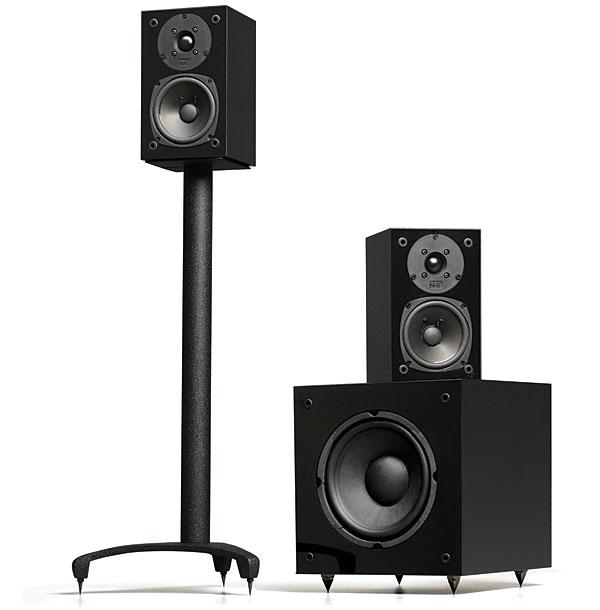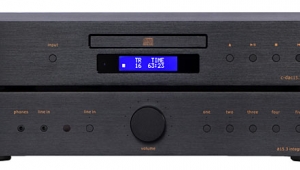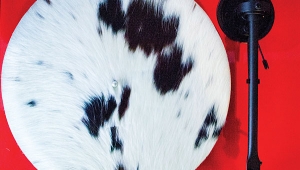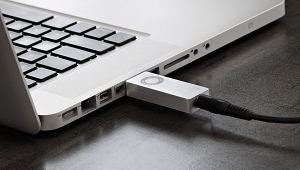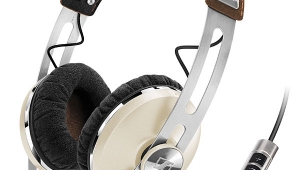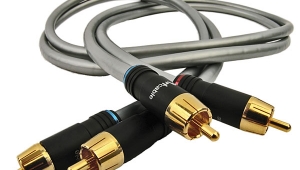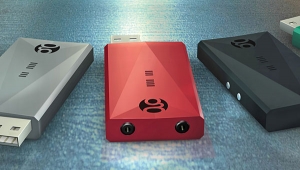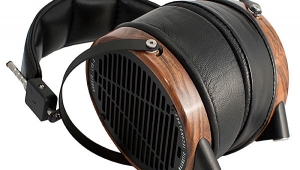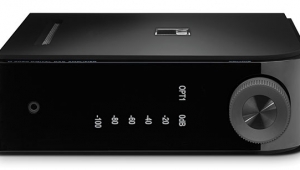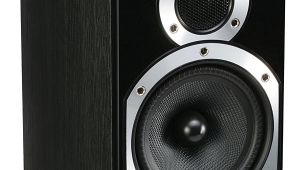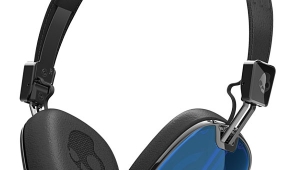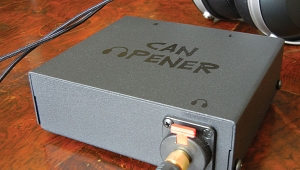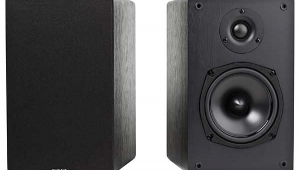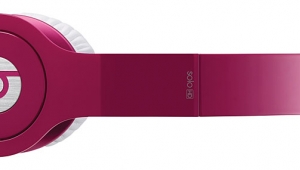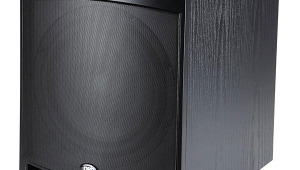| Columns Retired Columns & Blogs |
When the subs are that inexpensive you should get two. It would be a very interesting experiment for you to write about. Adding a second sub to your system has no downside. Except for your back, but maybe the girls would come over and do the heavy lifting for you.
Think about it. You set the crossover on the sub to 120Hz and then feed it a signal from both left and right channels. The subwoofer sums to mono everything below 120Hz. In fact, even if the LP filter is set at 24db/oct, there is still audible information as high as 240Hz coming from the sub. Which means, at any given moment your subwoofer is out of phase with either your left or right speaker in the region below 240Hz. This is why sub/sat systems are so difficult to blend. Impossible really.
So, the upside.
Better bass integration in your room. Two subs help smooth out nodes/nulls in your listening space.
Better imaging by reducing the phase issues created by single sub systems.
The downside.
There is no downside.
Depending on your powers of persuasion two pretty girls come over to your house to help you move speakers around.
Do it. I dare ya.
